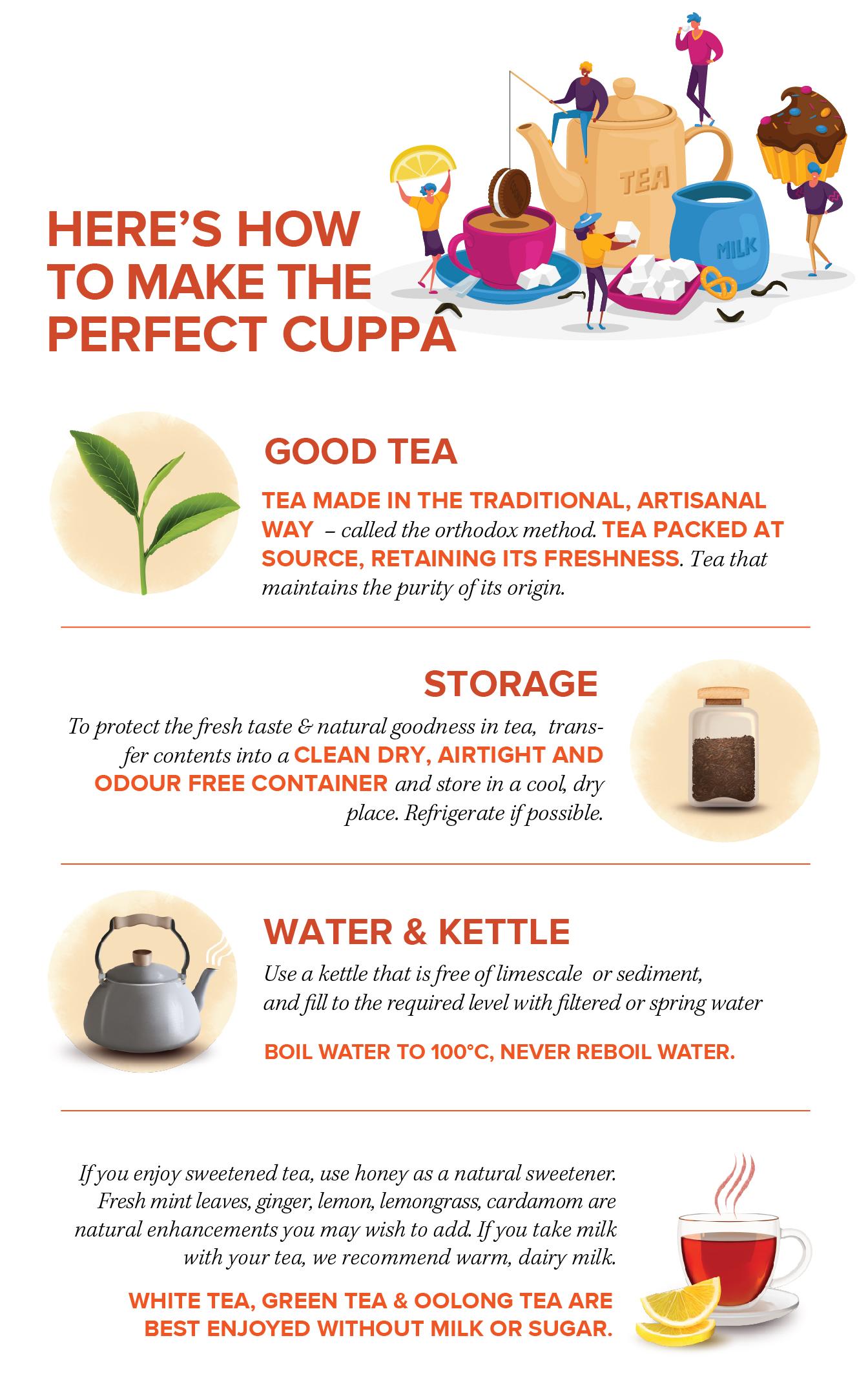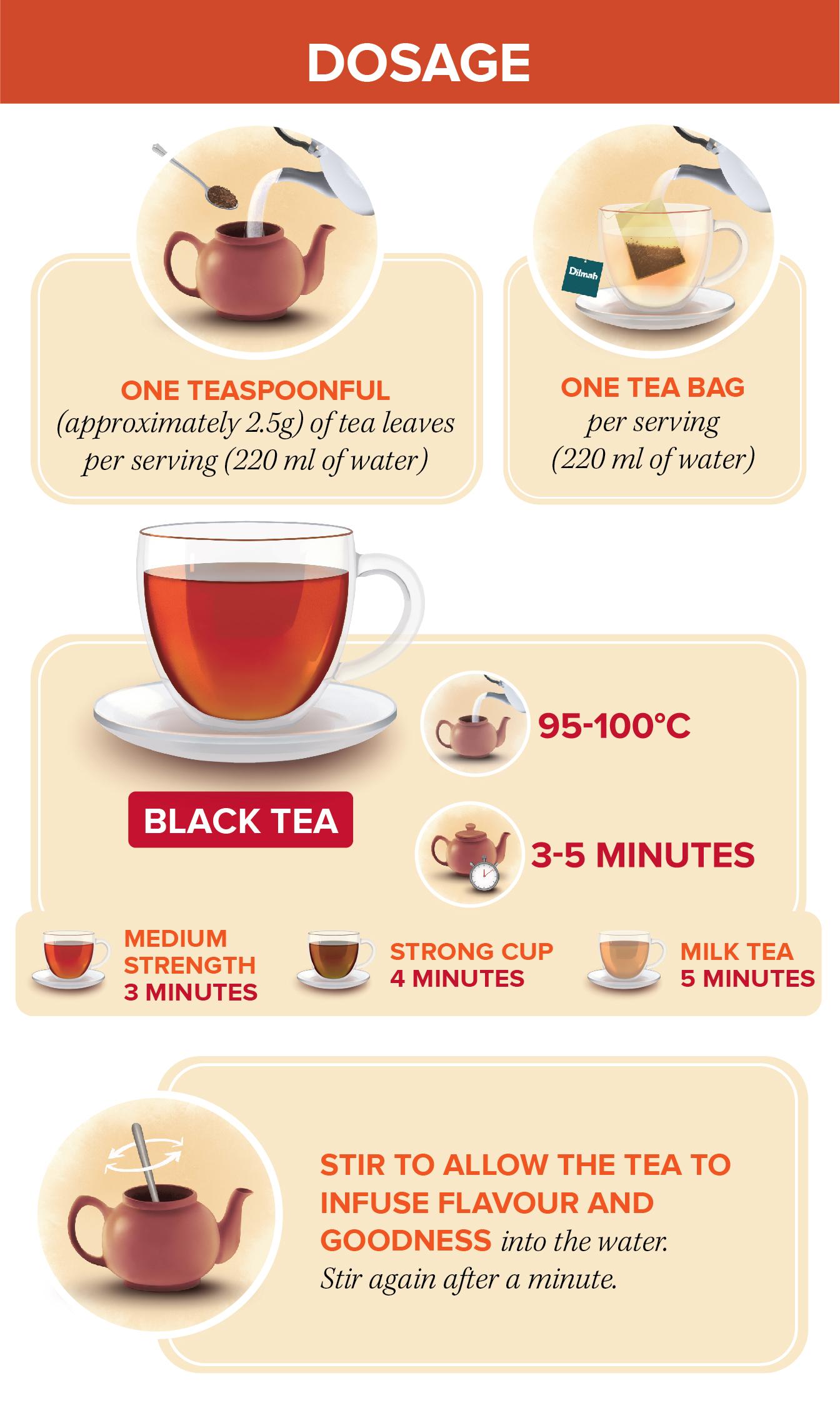The subtle variations among black, green, white and oolong teas are a result of the manufacturing process of the leaf. Yet, the resulting unique variations in the liquor colour, aroma and taste come from the leaves of one plant – Camellia Sinensis. Tea is not just about the drink but the total experience of selecting the type, preparing, serving, and taking time to enjoy it.
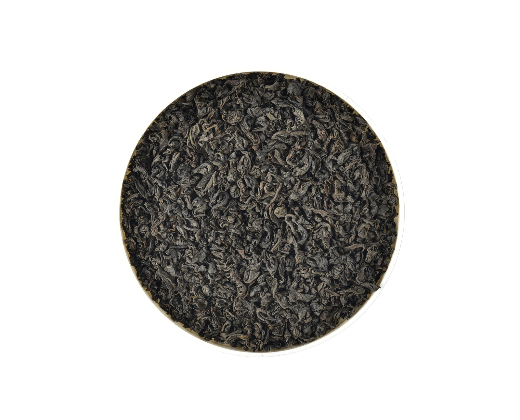
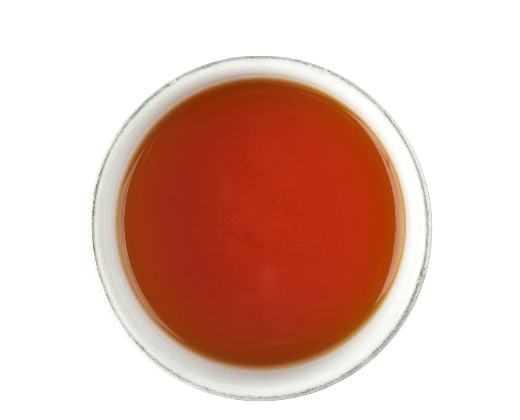
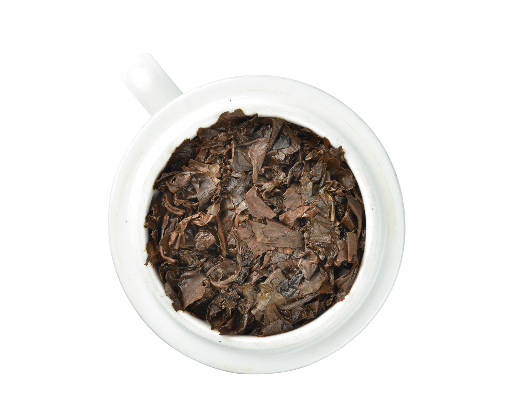
All types of “true” tea actually originate from the same plant. The botanical name for the tea plant is camellia sinensis. This plant originated in southern China thousands of years ago, and has been cultivated and consumed for hundreds of years.
Black teas are fully fermented, the most common type of tea from Sri Lanka, India, Kenya and other former British colonies. Black tea is picked, withered to reduce moisture and to make the leaf pliable, then rolled, fermented and dried (or fired) before sifting.
There are two ways of making tea, and as with most things in life, it is the harder way that is the right way. The traditional, artisanal method of tea manufacture is known as the orthodox method and is unchanged in principle since the time ancient Chinese doctors handpicked and handmade tea 5,000 years ago. The other, is a more recent, industrial method developed in the 1950s. Real Tea is only made in the traditional style.
The CTC method of tea manufacture, developed in response to the perceived need for a quick cup, sacrificed the soul of tea, compromising the beauty of terroir for a cut, crush, tear and curl method of manufacture which produces perfectly homogenous, granular tea designed for convenience in packing and quick colour when brewing. The traditional, orthodox method of tea manufacture, considerably more complex and demanding of expertise than the CTC method, involves rolling and roll - breaking which produces particles of different sizes. This produces a series of “grades” or sizes of tea ranging from dust to or ange pekoe
